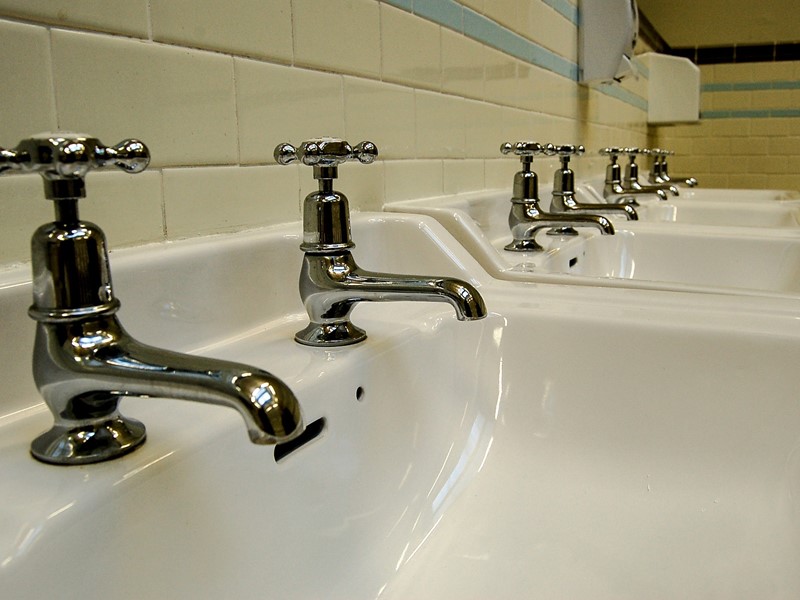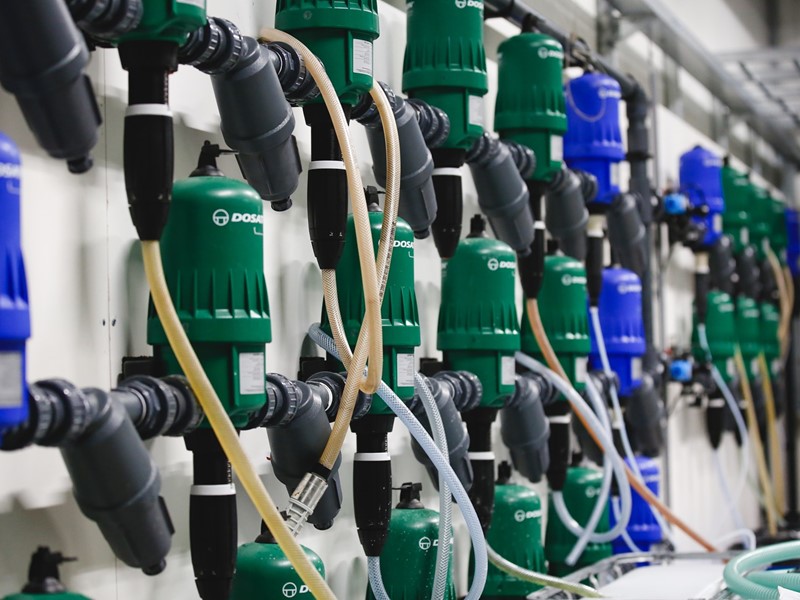Importance of water testing

How do I know if my water is clean?
Do you use tap water, groundwater or surface water for industrial processes or as drinking water for your livestock? Regardless of the water source and application, water quality is crucial. For industrial processes it is essential to guarantee the quality of your end product. In livestock farming good water quality directly contributes to the health of your animals. To find out what the quality of your water is, you can have your water tested. This will give you targeted insight and you can improve your water if necessary.

Why regular water testing is crucial
Regular water testing is essential for industries that use water. Think of the food industry, where poor water quality can lead to contamination (1). In livestock farming, the health of animals can also be negatively affected by drinking water (2). By regularly testing your water, you gain continuous insight into the state of your water quality.
This way you know what is really in your water
Do you want to know exactly what the quality of your water is? Various water tests are available for this, both chemical and microbiological. Both parameters are of great value.
- Chemical water tests provide insight into the substances present in the water, such as salts, minerals and chemical compounds.
- Microbiological water tests investigate which micro-organisms (bacteria, yeasts and fungi) are present in the water in what quantities (3).

What to do in case of microbiological contamination
Is your water microbiologically contaminated? This can be caused by biofilm in pipes, for example (4). Fortunately, this can be prevented by disinfecting with Watter Disinfection Solution (WDS). This product, based on hypochlorous acid (HOCl), has been proven effective against bacteria, viruses and fungi. Moreover, it also penetrates biofilm (5). With the Watter system, you can produce WDS on location, so that you always have a fresh and effective agent. This ensures that you have water with the right microbiological quality.
References
- Shi, X., & Zhu, X. (2009). Biofilm formation and food safety in food industries. Trends in Food Science & Technology, 20(9), 407–413. https://doi.org/10.1016/j.tifs.2009.01.054
- Eenige, M & Counotte, Guillaume & Noordhuizen, Jos. (2013). Drinking water for dairy cattle: Always a benefit or a microbiological risk?. Tijdschrift voor diergeneeskunde. 138. 86-97, 99.
- Shmeis, R. M. A. (2018). Water Chemistry and Microbiology. In Comprehensive analytical chemistry (pp. 1–56). https://doi.org/10.1016/bs.coac.2018.02.001
- Carrascosa, C., Raheem, D., Ramos, F., Saraiva, A., & Raposo, A. (2021b). Microbial Biofilms in the Food Industry—A Comprehensive Review. International Journal Of Environmental Research And Public Health, 18(4), 2014. https://doi.org/10.3390/ijerph18042014
- Aherne, O., Ortiz, R., Fazli, M. M., & Davies, J. R. (2022). Effects of stabilized hypochlorous acid on oral biofilm bacteria. BMC oral health, 22(1), 415. https://doi.org/10.1186/s12903-022-02453-2
Prevent contamination before it starts!



